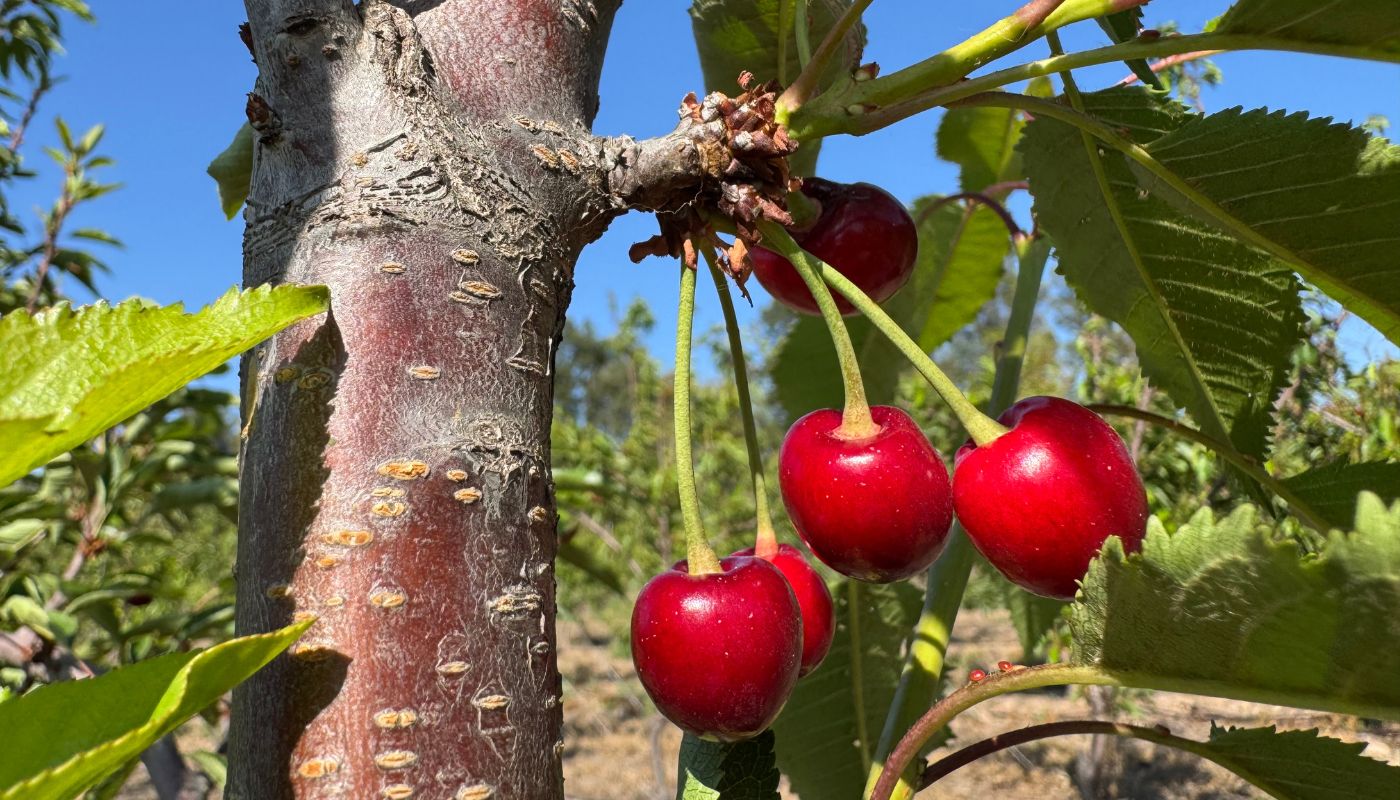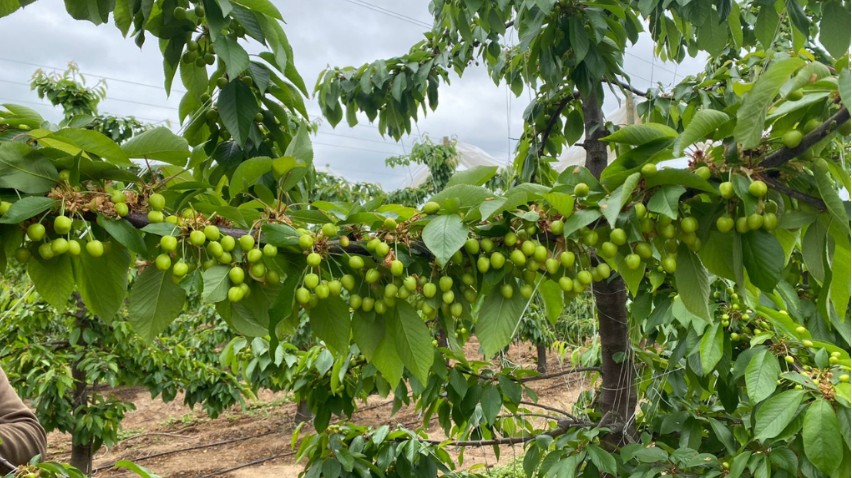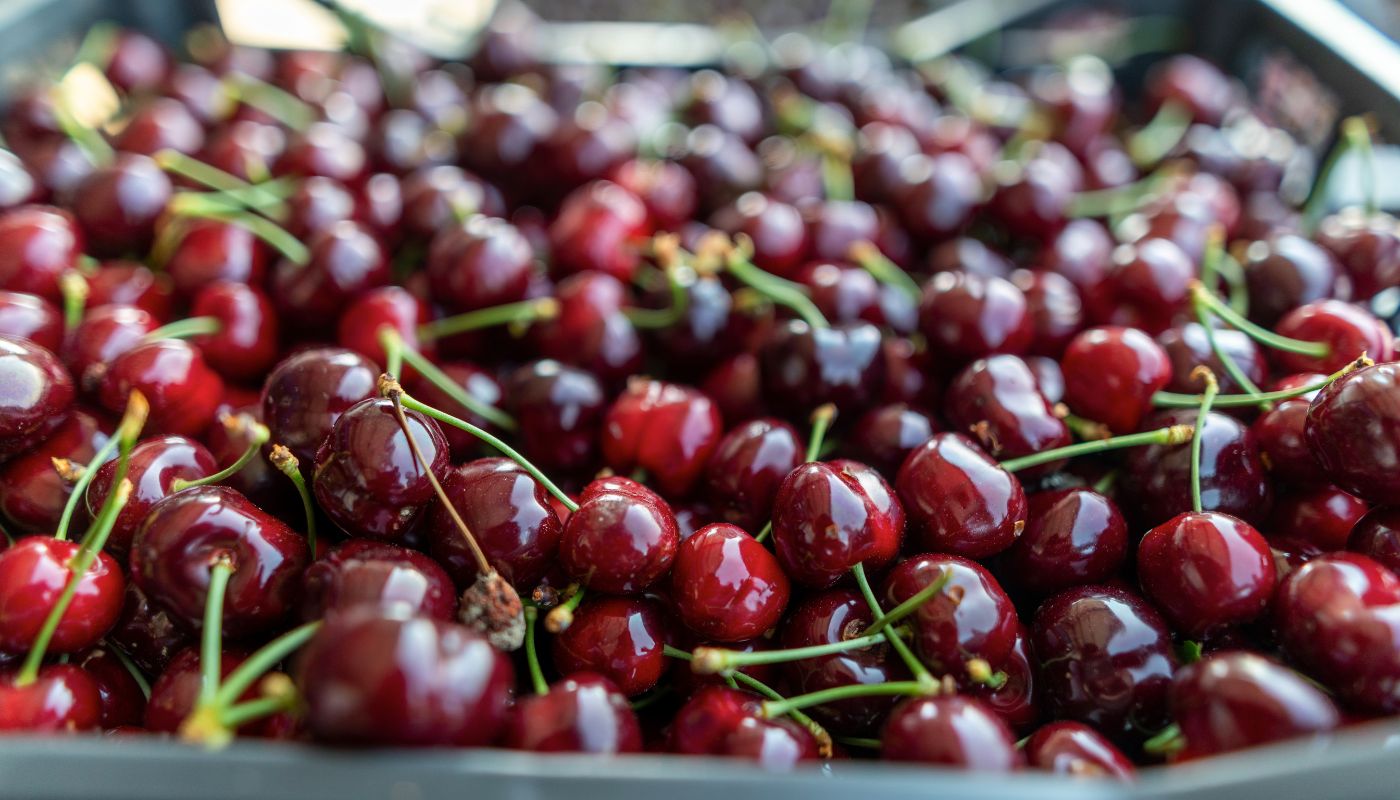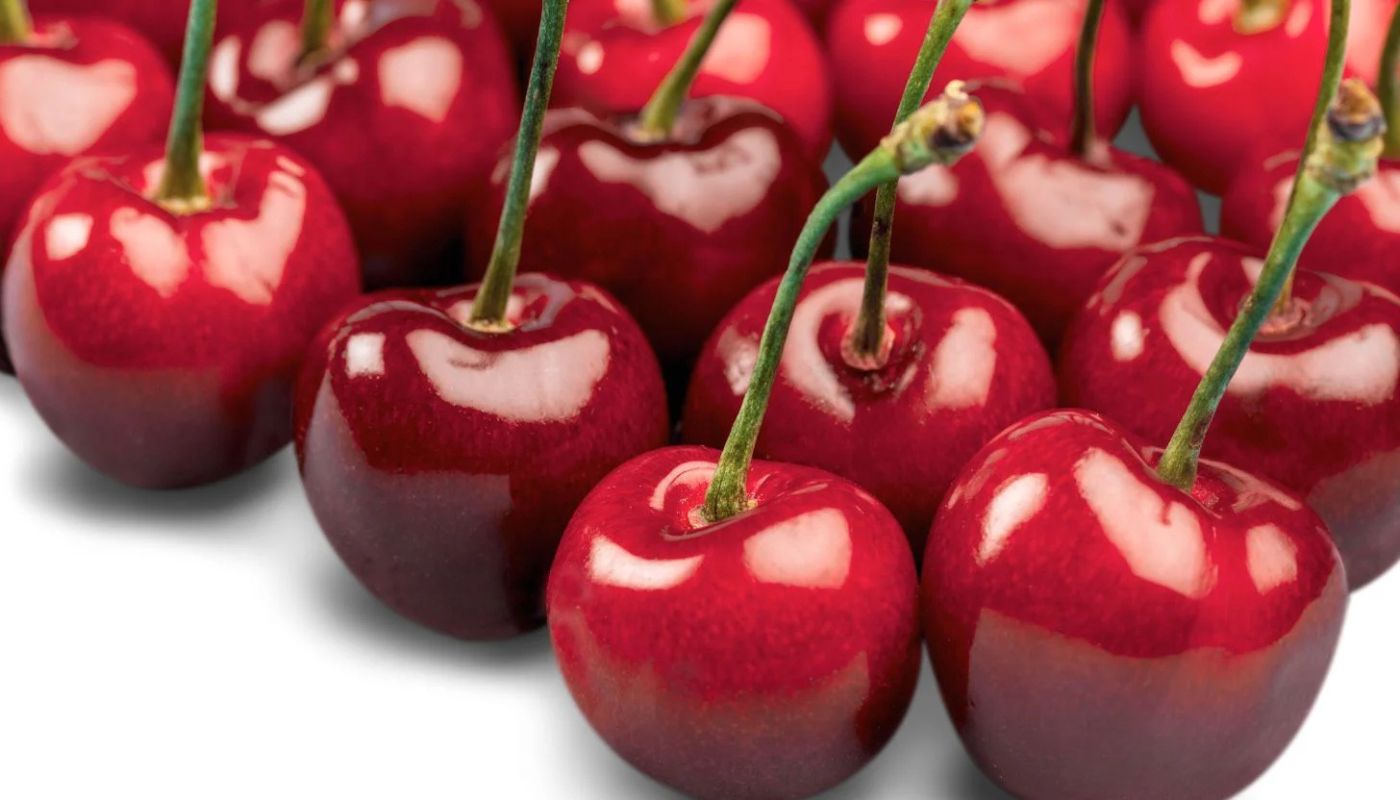The trial, consisting of 2,000 plants and six cultivars planted between 2022 and 2023, is led by Güizzo Frutas Frescas S.A., a company with extensive experience in the production and marketing of early Argentine cherries, in partnership with producer Oscar Machuca (Finca Machuca, Monterrico, Jujuy) and Dr. Viviana Curzel, professor and researcher at the Faculty of Agricultural Sciences at UNJu.
Second season results
In this second season, the Minnie Royal and Royal Lee cultivars, first-generation varieties from Zaiger’s breeding program, showed highly promising results:
- Sugar: 25 to 29° Brix.
- Color: Intense and uniform, with harvest point at levels 2 to 3 on the CTIFL scale.
- Texture and consistency: Firm and crunchy.
- Average size: 22 to 24 mm, consistent with the specific characteristics of both varieties.
The trial included a package of precision agronomic management, such as summer defoliation, incisions with the application of promaline, branch arching, the use of growth regulators, and the application of dormancy breakers at different doses and times. These practices ultimately resulted in a decent fruit set for the current plant structure.
A productive niche with differential advantages
The temperate valley of Jujuy offers unique conditions for the extra-early production of other stone fruits and cherries:
- Short, mild winters, with an average of 20 to 25 degrees of cold and rapid heat accumulation after dormancy is released.
- Concentrated rainfall in summer, coinciding with the vegetative stage, which reduces climatic risks during harvest.
- High solar radiation and low relative humidity, which enhance the fruit’s color and flavor.
These conditions, combined with the technical management employed, allowed for the second consecutive year to reach the harvest of fresh cherries in week 40, similar to the primor cherry harvest dates in northeastern South Africa, and 15 to 20 days earlier than Mendoza (Argentina) and the Coquimbo Region (Chile), more traditional areas of primoricia cherries in South America.
Strategic projection
For Engineer Nicolás Güizzo, director and Technical Manager of Güizzo Frutas Frescas S.A., “being able to deliver quality cherries at the end of September is a strategic advantage. It represents a huge commercial opportunity, both in the Argentine domestic market and for future exports. It is also true that, as this is a marginal area for cherry production, there are pending challenges that are being addressed in each cycle”.
The project confirms the adaptability of Zaiger cultivars to local conditions and opens the door to the incorporation of other new varieties for extra-early production, including developments from the Bloomfresh genetic program—among others—that have low winter chill requirements.
Fruit growing tradition and Jujuy’s future
According to Dr. Viviana Curzel, the region has over 40 years of history in the production of early and extra-early peaches, nectarines, and plums: “Originally, cultivars were introduced from different provinces in Argentina and abroad. Today, we have varieties developed locally by our research group. We have been working with stone fruit trees with low to very low chilling requirements for over 25 years, with harvests beginning in September and extending until the second half of November”.
The extra-early cherry trial confirms the enormous potential of the temperate valley of Jujuy as an early stone fruit production area, highlighting its ability to offer high-quality fruit in unique harvest windows, both to supply the Argentine domestic market and to open up commercial opportunities abroad.
